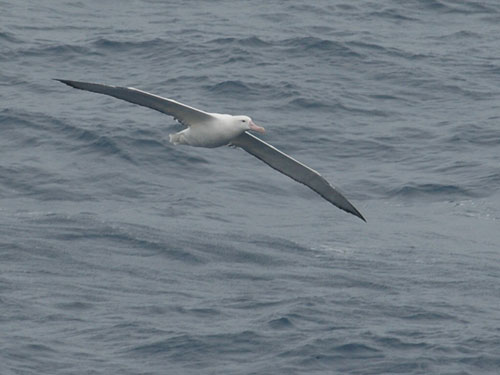In the early 1980s and less regularly ever since then marine ornithologists (including the ACAP Information Officer) involved with the South African National Antarctic Programme filled in many "10-minute cards" of quantitative seabird observations while travelling on Antarctic supply and research vessels in the Southern Ocean south of Africa.
The data set resulted in the awarding of two higher degrees (Andy Griffiths, MSc 1982 and Ron Abrams, PhD 1985) and a number of scientific papers, but for the last two decades or so the cards have been gathering dust in a storeroom at the FitzPatrick Institute, University of Cape Town. One obvious use of the cards is to produce a distribution atlas but until now the large task has not been attempted.

A grant has now been obtained from the South African Biodiversity Information Facility to capture digitally this valuable historical data set and add it to AS@S, the Atlas of Seabirds at Sea.
AS@S was launched on 16 October 2009 at the "Save Our Seabirds Festival" of BirdLife South Africa's Seabird Division, as a joint initiative of BirdLife South Africa, the Animal Demography Unit, University of Cape Town, and the South African National Biodiversity Institute.
The data, once analysed, will yield important historical information on the at-sea distribution of ACAP-listed albatrosses and petrels (and other seabirds) south of Africa, as well as within southern African continental waters.
John Cooper, ACAP Information Officer, 22 January 2010

 English
English  Français
Français  Español
Español